What dog breeds are most related to wolves? All dogs have descended from wolves or other wild canids and many still maintain their primitive looks and temperaments today.
Although it’s been centuries since dogs became domesticated, recent DNA studies have brought to light which of the recognized breeds are the most closely related to wolves and their ancestors. The study included 414 dogs from 85 different breeds and the results might surprise you!
#1 – Shih Tzu
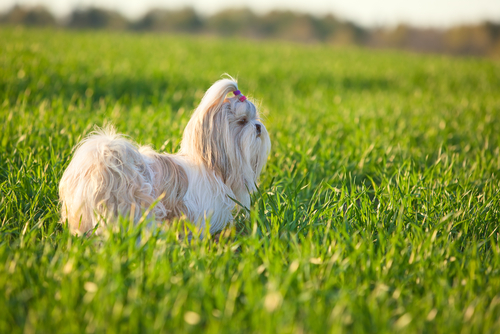
Although this breed looks nothing similar to wolves and other wild canids, the Shih Tzu is genetically one of the domestic breeds most closely related to wolves. It is thought that this companion breed originated in China around 800 BC.
#2 – Pekingese
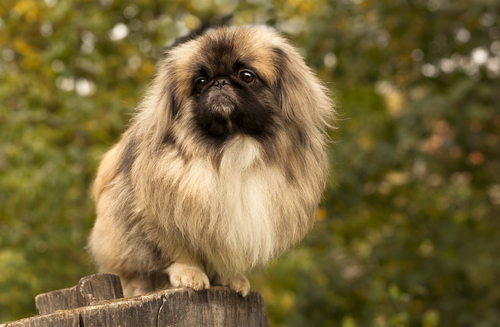
Like the Shih Tzu, this lapdog hails from China and despite its appearance and temperament, is one of the least diverged from its ancestors. This breed has been owned and adored by members of the Chinese Imperial Palace for centuries.
#3 – Samoyed
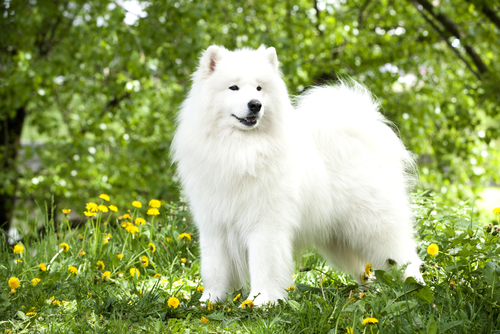
A northern spitz-type from Russia, the Samoyed looks more believable when it comes to wild ancestors. This breed is social but primitive, still used for sledding and reindeer herding in its native land.
#4 – Lhasa Apso
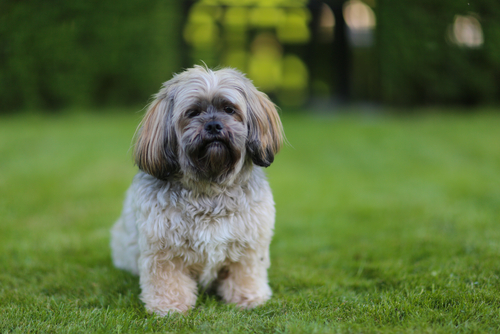
The Lhasa Apso is known for being a watchdog among Buddhist monasteries in its native Tibet. Researchers believe this breed originated roughly 4,000 years ago and its genetic makeup proves this to be true. Regardless of their appearance, the breed is one of the most closely related to wolves.
#5 – Tibetan Terrier
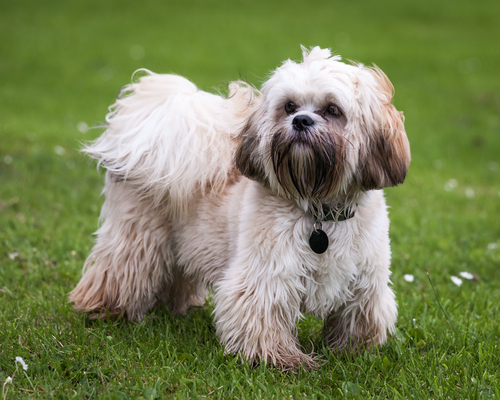
As its name suggests, this breed originates from Tibet, but it is not a true terrier. Tibetan Terriers have been kept as purebred dogs in their native home for over 2,000 years.
#6 – Saluki
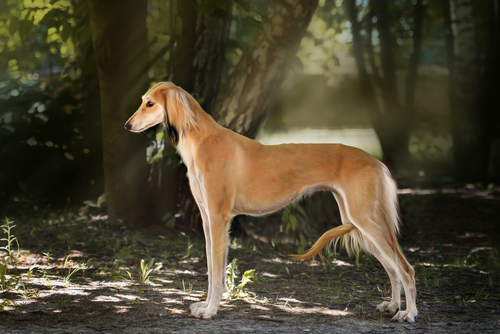
The Saluki is a sighthound native to the Middle East and known for traveling the Silk Road with caravans and nomadic tribes. Salukis are thought to be one of the oldest dog breeds in existence, with ancient rock art showing Saluki-like dogs as far back as 10,000 BC. Genetically, the breed is still very closely related to its wild ancestors.
#7 – Afghan Hound
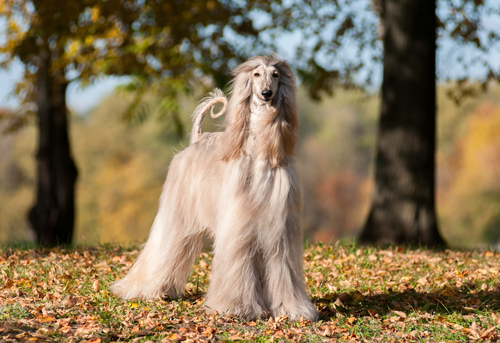
Like the Saluki, the Afghan Hound is a sighthound that is also considered to be one of the oldest domestic dog breeds in existence. Genetic testing from this study proved they have little divergence from wolves.
#8 – Siberian Husky
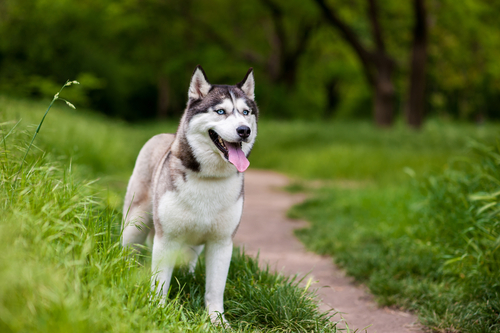
This northern breed hails from Siberia where it has been and is still used for sledding. Not only does the breed resemble its wild ancestors, it has changed relatively little genetically over time. Siberian Huskies allowed nomadic tribes to survive in the cold, harsh environment of the Russian north.
#9 – Shar-Pei
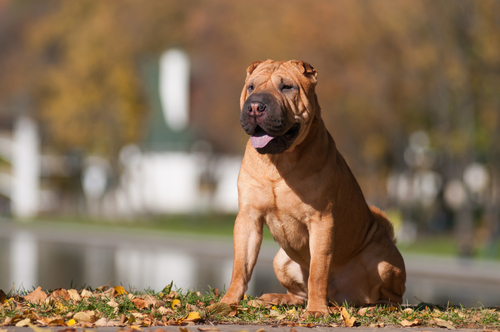
Like most other Chinese breeds, the Shar-Pei is genetically very ancient. Despite its appearance, its genes are very similar to those of wolves. Although the exact history of the breed is uncertain, there are pottery images depicting Shar-Pei-like dogs as far back as 206 BC.
#10 – Basenji

The Basenji is a small- to medium-sized hunting dog from Africa. Like other wild dogs and wolves, the Basenji is known for its yodeling rather than barking. Genetically, the breed is considered ancient and is closely related to its wild ancestors.
#11 – Shiba Inu
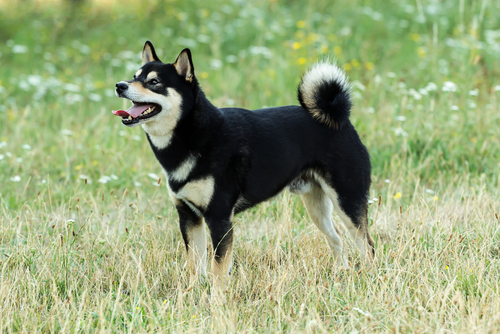
The Shiba Inu is the smallest of the Japanese breeds and is also a very ancient dog. It was originally used to hunt rabbits and birds, but is most commonly seen as a family companion today. Its DNA makeup suggests it is one of the oldest living breeds.
#12 – Akita

Often considered a larger version of the Shiba Inu, the Akita is a guardian dog from Japan. Like the Shiba, it is genetically very ancient and similar to its wild ancestors. Although the Japanese and American Akitas have become two very different types, and are ever considered separate breeds in some countries, they are still relatively similar.
#13 – Alaskan Malamute
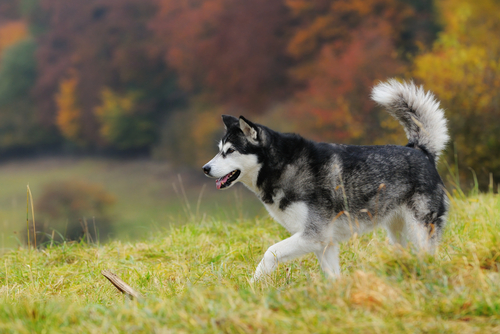
This large northern breed was developed for sledding and cart pulling and it is still used for this function today. With its wolf-like appearance, it doesn’t surprise many to learn that this Alaskan native is very closely related to its wild ancestors.
#14 – Chow Chow

Of all Chinese breeds, the Chow Chow looks most closely like its wild ancestors. Although still very different, the breed is genetically ancient and considered to be one of the oldest breeds still in existence. They have primitive temperaments and were used as guard dogs as far back as 150 BC.
You can read more about the study at National Geographic.
How and When Did Dogs Descend from Wolves?
Modern dogs, known scientifically as Canis lupus familiaris, share an ancient and intertwined history with wolves. Genetic studies indicate that the split between wolves and dogs took place between 20,000 to 40,000 years ago. However, the exact timeline and circumstances surrounding this divergence remain a subject of active research and some debate.
The prevailing theory suggests that the domestication of dogs occurred in two major steps. Initially, some wolves began to spend more time around human hunter-gatherer tribes, likely drawn to the scraps and leftovers from human hunts. These ‘proto-dogs’ would have been the less aggressive wolves that could tolerate the presence of humans. Over time, this close proximity led to a mutualistic relationship – wolves helped in hunting and offered protection, while humans shared food and shelter.
The second stage of domestication is believed to have taken place after the advent of agriculture, roughly 10,000 years ago. People started selectively breeding these proto-dogs for specific traits, leading to the first ‘true’ domesticated dogs. This intentional breeding accelerated the physical and behavioral differences between dogs and their wolf ancestors.
It’s important to note that the transition from wolf to dog was not a singular event, but a process that unfolded over thousands of years. Additionally, this likely happened independently in different parts of the world, leading to the diverse range of dog breeds we see today. Despite these differences, the enduring bond between humans and dogs, rooted in our shared past, continues to be a fascinating area of study.






 Toledo, United States.
Toledo, United States.